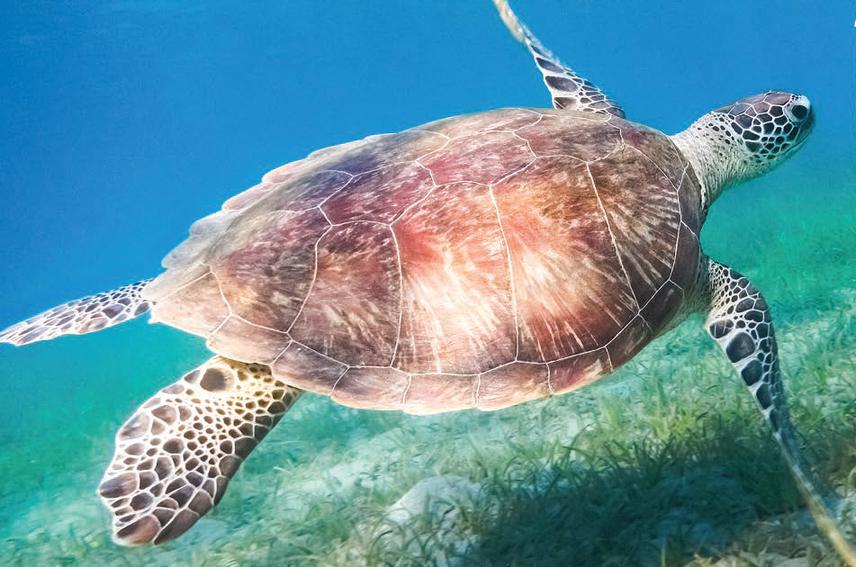Trokon Saykpa
Other projects
17 Sep 2014
Continued Development of a Community-Based Marine Turtle Conservation Project in Bassa Point, Little Bassa and Edina
10 Feb 2016
Continued Development of Community-Based Marine Turtle Monitoring and Conservation Education along the Liberian Bassa Coastline
13 Sep 2017
Support for Community-Based Marine Turtle Monitoring and Conservation Education Project along the Liberian Bassa Coastline
The long-term goal of this project is to protect endangered sea turtles in partnership with local communities. It aimed at increasing the capacity of coastal communities to protect endangered sea turtles and developing sustainable livelihood programs in the target area. This project is focusing on protecting nesting sea turtles and their habitats, improving alternative livelihoods and sources of income for local communities and spreading conservation awareness amongst the coastal villages and visitors.

Summary of project aims:
The long-term goal of this project is to protect endangered sea turtles in partnership with local communities. It aimed at increasing the capacity of coastal communities to protect endangered sea turtles and developing sustainable livelihood programs in the target area. This project is focusing on protecting nesting sea turtles and their habitats, improving alternative livelihoods and sources of income for local communities and spreading conservation awareness amongst the coastal villages and visitors.
Description of project:
The project targets a 38-km long beach stretching from the mouth of the Farmington River [Bassa Point] through Little Bassa to Edina city. The project team will organize marine nature clubs, train selected members and setup monitoring units of local people in the target area. The project aims to monitor the beach for turtle nests, engage in local conservation education, and help with data collection. The project will identify regionally-important sea turtle populations and the threats to their survival.
The project is working to protect and restore the population of these endangered sea turtle species and will create a better understanding about these species amongst local communities in the region. It will increase the knowledge of primary school children and their instructors on sea turtle conservation, and decrease the destruction and poaching of sea turtles eggs in the region. It will also promote behavioral changes and lifestyles that favor sea conservation management amongst community members [especially young people] which is a guarantee for sound conservation management in the future.
Problems:
1) the lack of knowledge and understanding of national fishery laws and regulations protecting the sea turtles and other marine species;
2) the lack of adequate knowledge and education about sea turtle conservation in the region;
3) the absence of an alternative livelihoods and sources of income for the local communities to ensure the conservation of sea turtles in the region.
Threats:
1) extreme poverty in the region;
2) intensive human pressure which threatened the survival of the sea turtles in the region.
Target species and IUCN RED LIST status: The project targets three (3) species which are frequently nesting on the beaches in the region:
1) the Olive Ridley – Scientific Name: Lepidochelys Olivacea – Status: Vulnerable
2) the Green Turtle – Scientific Name: Chelonia Mydas – Status: Endangered
3) the Leatherback – Scientific Name: Dermochelys Coriacea – Status: Critically Endangered
The objectives of the project include:
1) to improve the quality and availability of awareness-raising and educational materials within
coastal communities and schools in the region;
2) to create an enabling environment for school children and youths in the region to learn and
discuss about sea turtles, why they are threatened and how they can help to protect it;
3) to monitor beaches on a daily basis through counting, marking and recording the locations of all sea turtles and nests seen along the coast of targeted area;
4) to engage coastal villages into dialogues and actions geared towards sea turtles conservation in the target area; and
5) to promote alternative sources of income and livelihood that are attached to conservation for the benefit of local people.